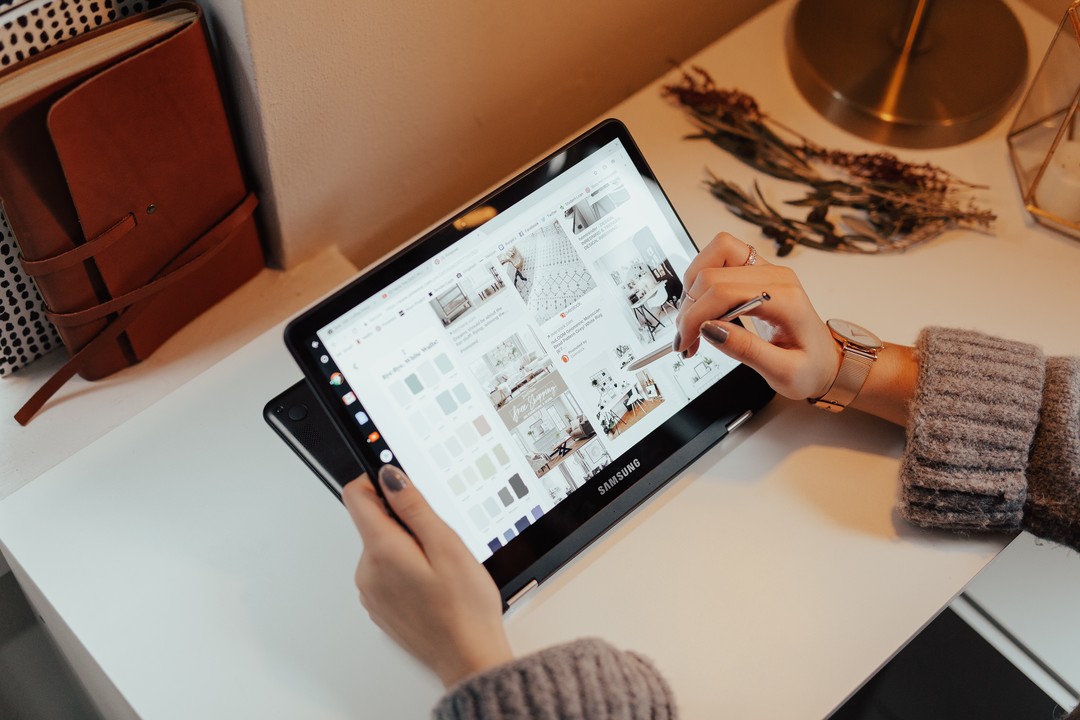
Using Psychology in Website Design
Considering psychology in your website design process can have a positive impact on your business.
As an entrepreneur/business owner it's crucial that you take the time to think about what your visitors' wants/needs and how they can access it. Once you consider them you're already on the right track to creating a valuable site that will tap into the psychological drives of your target audience.
To start with the basics of web design, here are a few tips you can start with to increase your website traffic and your audience loyalty;
- Content - When it comes to websites, content is king - it drives the design you see on screen. Your visitors come to your website for more information. A good web design helps them find the information they need quickly and with ease.
- Layout - A clever layout guides the visitors towards what the designer wants them to focus on. Different industries have different layout expectations from its target audience - again, understanding your industry and target audience can help you navigate easily through the layout options for your website.
- Color - Color can be used to portray web content in a certain light. The colors you use can have a heavy impact on how your visitors perceive your site and brand. It's important that the color you chose is used for a reason, and does not compromise your brand identity.
- Typeface - Typefaces help establish the tone of the copy you use in your graphics or your website copy. It's a more obvious way to force the user to 'read between the lines'.
- Branding Consistency - Maintaining your brand consistency helps your visitors to confidently navigate your website, and keeps them on the road to your objective. The same goes for your logo, your social media and even your offline promotional materials - same colors should be incorporated into your website as well.
- Earning Trust - When asking your customers for sensitive information like bank details or other personal information, earning the users' trust is paramount. It must be purposeful, safe, and approachable.
- Using Triggers - Using psychological and emotional triggers can influence your audience and visitors to take the actions you need them to take. Triggers include emotions like guilt and fear, but also a sense of belonging and appealing to your target audiences' values.
Psychology is an effective tool in design which makes the decision and the creative process more productive (and enjoyable) while the results are more focused on your target audience. There is more to design psychology than the tips I've listed above, however, these are the basics that you can start with to reach your target audience and keep them enticed and loyal to your brand.
Recommended Reading
Here are some articles I could recommend for those who would like to go deeper into the top ic.
- Color Meaning & Symbolism: How To Use The Power of Color in Your Branding.
- Exploring The Impact of Emotion in Web Design.
- 7 Great Examples of Typography in Website Design.
Juwayria, thanks for sharing!